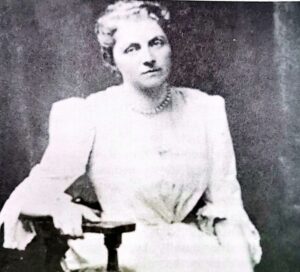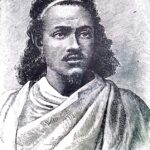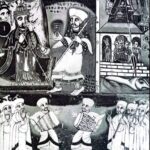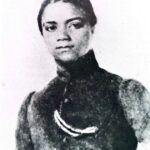HOBHOUSE, EMILY
- 4 Min Read
Emily Hobhouse (April 1, 1860-June 8, 1926) was a British humanitarian who helped alleviate the sufferings of Boer women and children during and after the South African War of 1899-1902.

PHOTO CAPTION: Emily Hobhouse. SOURCE: EA Library
Born in St. Ive, Cornwall, the daughter of an Anglican clergyman, she received most of her education privately from governesses. For the first 35 years of her life, she led a sheltered existence at home, caring for her father after her mother’s death in 1880. From 1895 to 1896 she worked in Minnesota in the United States, trying to improve the social and moral conditions of mine workers.
In 1898, she returned to England to work for the Women’s Industrial Council. Before the outbreak of war between the United Kingdom and the South African republics, she became associated with the work of the South African Conciliation Committee. In the latter half of 1900, she launched the South African Women and Children’s Distress Fund to aid people who had become destitute in South Africa as a result of military operations.
In December, 1900 she went to South Africa. For the first four months of 1901 she visited concentration camps in the Orange River Colony bringing material aid to the Boer inmates. On her return to Britain she interviewed the secretary of state for war and suggested many improvements in the camps. It was shortly after she had informed the leader of the opposition, Sir Henry Campbell-Bannerman, of the plight of Boer women and children, that he made his speech in June 1901, referring to “methods of barbarism”. During July and August 1901, she made a series of speeches denouncing the British army’s methods in South Africa
She was responsible for reforms being instituted in the camps while she was in South Africa and the War Office decision to despatch the Fawcett Commission (of which she was not allowed to be a member) was also largely attributable to her activities. She maintained that she had been unable to fully investigate the camps for blacks but she did raise the matter with the Aborigine Protection Society. Her outspoken criticisms led to her being considered unpatriotic in certain quarters.
When she tried to return to South Africa in October 1901, martial law was in force at the ports and she was arrested and immediately deported to Britain. In 1903 she travelled extensively through the devastated and conquered Orange River Colony and Transvaal aiding distressed families. She met Olive Schreiner and General J.C. Smuts, who became her life-long friends. Back in Britain she publicised the shortcomings of the British programme of reconstruction and deplored the decision to use Chinese labour in the gold mines.
From 1905 to 1908 she worked in South Africa establishing home industries to help rehabilitate the Boers. A number of spinning and weaving and lace-making schools were started for Boer girls. In 1913 she was invited to unveil the monument at Bloemfontein in honour of Boer women and children who had died in the concentration camps. Although she went to South Africa, ill health prevented her attending the ceremony and her speech was read for her. She may have been responsible for bringing together Smuts and the Indian leader M.K. Gandhi in 1914 a meeting which resulted in an agreement being reached regarding Indians in South Africa.
Her pacifist and anti-imperial views led to her disapproving of the Union of South Africa’s support for Britain in the Great War (1914-18). During this war she worked in the Women’s Peace and Freedom movement, visited Berlin, and became involved in relief work in Austria and elsewhere after 1918. In 1902 she wrote The Brunt of the War and Where It Fell; in 1923 she completed editing the diary of a Boer woman, Tant Alie of the Transvaal. A collection of shorter narratives on women’s experiences in the South African war, War without Glamour, was published posthumously in 1927.
Her last years were spent mainly in Italy. After her death in London in 1926, her ashes were brought to South Africa to be buried in the Women’s Monument.
S.B. SPIES





